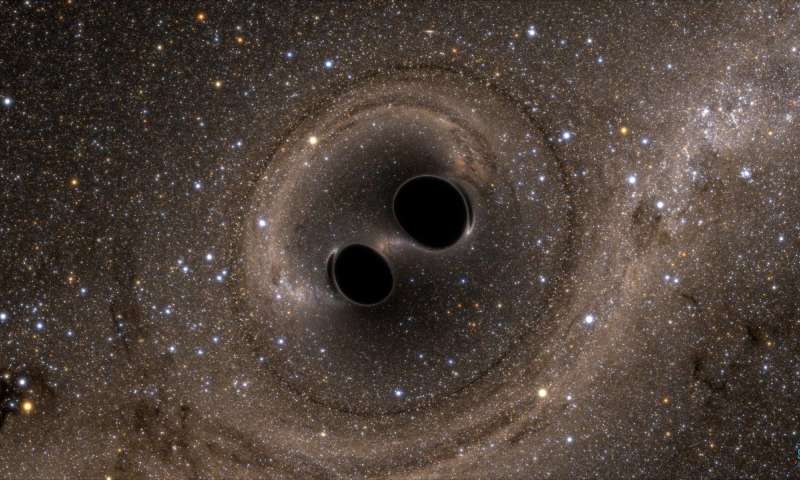THE EPICENT WAVES OF THE UNIVERSE

If you think that forecasting the weather on Earth can be hard, then try forecasting the weather on Earth.
Despite its tranquil appearance, the Sun is actually quite busy. (If sound could travel through vacuum, would be as loud and as loud as a live rock concert every day.
Thanks to its magnetic poles, the Sun has both a north and south pole like Earth. These poles are actually switched every 11 or so years because of the Sun’s surface, which churns. The activity on Earth’s surface depends on where our star is located in this solar circle. Because some solar activity can affect Earth, astronomers are closer to it each day.
The Sun’s powerful magnetic forces are caused by the electrically-charged gases and plasma that make our star. This material keeps swirling around Sun, creating magnetic fields lines in tighter and tighter combinations, storing the energy like a knotted Rubber Band.
These magnetic pretzels can also create sunspots. Sunspots, areas of the Sun that appear darker due to the strong magnetic fields keeping some of its solar heat away from the surface, are also known as sunspots. Sunspots may be technically cooler than other Sun regions, but they can still run extremely hot, reaching temperatures of 6,500 degrees Fahrenheit (3600 degrees Celsius).
The magnetic field lines at sunspots could tangle more, causing severe solar flares. These volcanic eruptions are often called Coronal Mass Ejections or CMEs. They release 10 millionx more energy than the Sun’s eruptions on Earth. This causes charged particles to surge through the Sun and the solar systems. CMEs threaten infrastructure, including satellites and power grids, that has been built around Earth. Forecasts of solar flares are provided by numerous weather and space agencies throughout the world.
Predicting solar eruptions is not easy, just like forecasting storms does not always go according to plan. Although scientists might be able to spot the right conditions for flares and predict their likelihood of popping, it’s not as easy as estimating their size or predicting whether one will actually pop.
NASA and the other agencies involved in developing and updating models for predicting solar flares are hard at work. NASA’s Solar Dynamic Observatory, July 2020, created an updated model capable of forecasting seven out of nine Sun’s largest solar flares. The model is able to detect key characteristics in active regions such as cracks and avalanches. Scientists at Japan’s Institute for Space-Earth Environmental Research also proposed a new model for the same month. The model is capable of forecasting not only when, how strong, and where the eruption will occur.
